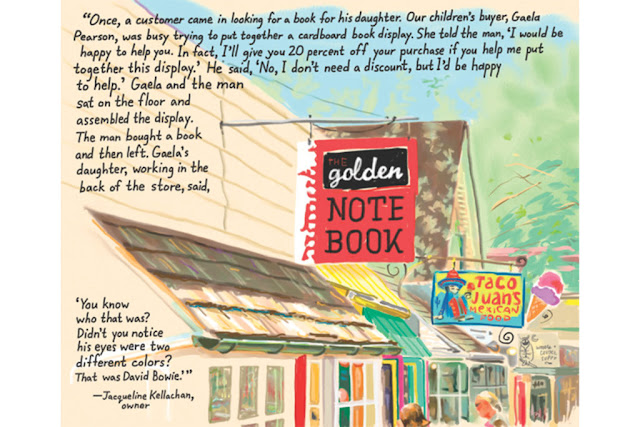The traditional food of India has been widely appreciated for its fabulous use of herbs and spices. Indian cuisine is known for its large assortment of dishes. The cooking style varies from region to region and is largely divided into South Indian & North Indian cuisine. India is quite famous for its diverse multi cuisine available in a large number of restaurants and hotel resorts, which is reminiscent of unity in diversity. The staple food in India includes wheat, rice and pulses with chana (Bengal Gram) being the most important one. To know more about the Indian traditional food, read on.
Bengali Food
Bengali cuisine is appreciated for its fabulous use of panchphoron, a term used to refer to the five essential spices, namely mustard, fenugreek seed, cumin seed, aniseed, and black cumin seed. The specialty of Bengali food lies in the perfect blend of sweet and spicy flavors. For Bengalis, food is one of the most essential aspects of their day to day lives. Ladies spend lot of time in the kitchen cooking delicious feast for the family.
Gujarati Food
The traditional Gujarati food is primarily vegetarian and has a high nutritional value. The typical Gujarati thali mostly encompasses rotli, dal or kadhi, sabzi also known as shaak and rice. People in Gujarat eat one or the other type of curry along with rice and roti in almost every meal Gujarati dishes usually have a very subtle taste that makes it truly distinct from other Indian cuisines. Lot of emphasis is laid on maintaining hygiene while cooking. Most of the Gujarati dishes are sweet, while others have a quite larger concentration of sugar as compared to salt and spices. Sometimes, jaggery is used as an alternative to sugar.
Kashmiri Food
Kashmiri food that we have today in the restaurants has evolved over the years. Highly influenced by the traditional food of the Kashmiri pundits, it has now taken some of the features of the cooking style adopted in Central Asia, Persia and Afghanistan.
In the making of Kashmiri dishes, garlic and onion are not used much as in the case of other Indian cuisines. Absolutely rich in taste and exotic in flavor, Kashmiri cuisine has become a popular choice. The strong influence of Kashmiri pandits, who are predominantly meat eaters, explains the reason why the cuisine of Kashmir has more of non vegetarian dishes. Kashmiri thali is preferred mainly for its non vegetarian dishes. However, there are some real mouthwatering vegetarian dishes too, which are relished by all.
Mughlai Cuisine
Mughlai food is especially preferred in Northern parts of the country. Some of the Mughlai dishes have Muslim names such as biryani, pulao, kebabs, kofta. This is suggestive of the strong influence of Muslim cooking style. The Mughals have truly left a long lasting influence on India, which is also reflected in the cuisine of India. Mughlai food occupies a commanding position in the popular cuisines of India.
The rich preparation of Mughlai food consisting of flavored sauces and butter based curries is so tempting that food lovers are bound to crave for more and more food. Mughlai food offers an amazingly delicious variety of food ranging from hot spicy shorba or soup to ginger based roasted meats to kulfi with rose petals sprinkled on it. Even, the names of the Mughlai food are so attractive that a person gets tempted to try out different dishes.
Punjabi Food
The cuisine of Punjab has an enormous variety of mouth-watering vegetarian as well as non vegetarian dishes. The spice content ranges from minimal to pleasant to high. Punjabi food is usually relished by people of all communities. In Punjab, home cooking differs from the restaurant cooking style.
Wheat is the staple food of Punjabis; however, they do enjoy eating rice on festivities and other special occasions. When it comes to food, each region in Punjab has an entirely different preference like people in Amritsar are particularly fond of stuffed paranthas and milk products. The philosophy of life for most of the Punjabis is to eat, drink and make merry. They are real lively people who are extremely fond of eating good food. In the preparation of Punjabi food, onion, ginger and garlic are used extensively to enhance the taste of the food.
Rajasthani Food
The cooking style followed in Rajasthan is based on the natural climatic conditions of this desert land. There is scarcity of water and fresh green veggies in the state of Rajasthan, which has an adverse impact on its cooking. In the desert belts of Rajasthan, it is preferred to use milk, butter milk and butter in larger quantities to minimize the amount of water while cooking food.
Dried lentils and beans obtained from native plants like sangria are used extensively in the preparation of Rajasthani dishes. Gram flour is the major ingredient in the making of a couple of delicacies such as "pakodi" and "gatte ki sabzi". Powdered lentils are liberally used in the preparation of papad. Rajasthanis are quite fond of chutneys, which are prepared using different spices such as coriander, turmeric, garlic and mint.
Out of all the Rajasthani dishes, dal bati churma is perhaps the best known. For those who are in a lookout for variety.
South Indian Cuisine
The cuisine of South India is known for its light, low calorie appetizing dishes. The traditional food of South India is mainly rice based. The cuisine is famous for its wonderful mixing of rice and lentils to prepare yummy lip smacking dosas, vadas, idlis and uttapams.
Sambhar is like a must in the main course. It is usually a companion to most of the food items then be it idli, vada or dosa. Most of the South Indian dishes consist of sambhar, rasam, vegetable curry and pachadi (yogurt). When it comes to rice preparations, South Indians are real experts. Their lemon rice is savored and appreciated by almost all the people. Other preparations of rice include coconut rice, carrot rice and fried rice made by using coconut, curry leaves, urad dal, tamarind, peanuts, chilies, and fenugreek seeds.



















































